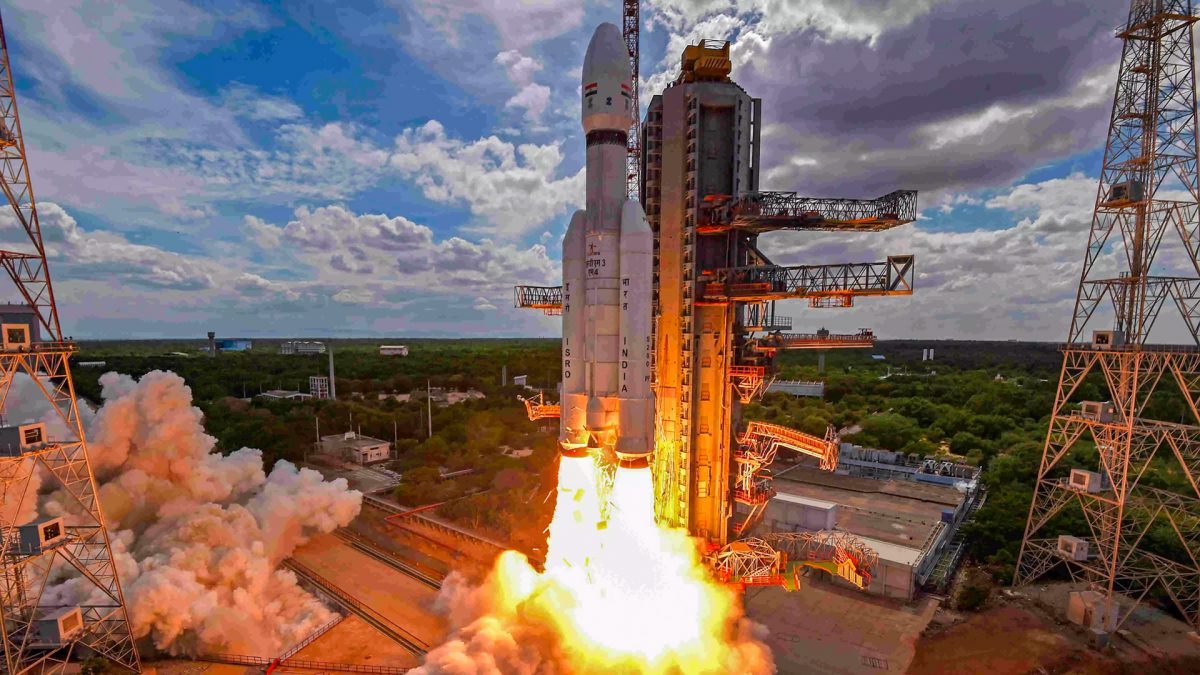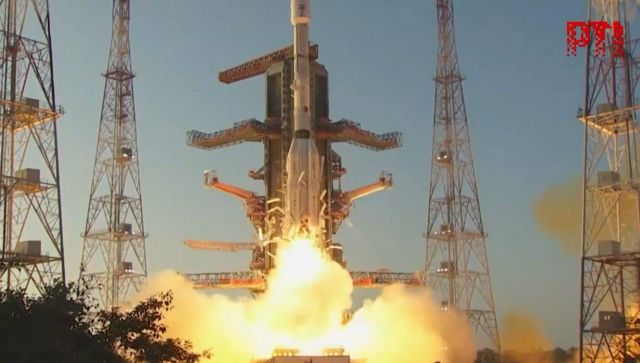ISRO is gearing up to launch the IRNSS-1I or Indian Regional Navigation Satellite System-1I on Thursday, just two weeks after it had launched the GSAT-6A , satellite.
The IRNSS-1I will be launched aboard the PSLV-C41 rocket, which is ISRO’s most reliable rocket and would embark on its 43rd flight.
The launch is scheduled for 4:04 am on 12 April from the Satish Dhawan Space Centre at the Sriharikota High Altitude Range. The IRNSS-1I will be the eighth satellite to join ISRO’s NavIC navigation satellite constellation.
The IRNSS-1I, having a lift-off weight of 1,425 kg will carry L5 and S-band navigation payloads and C-band ranging payloads. It will also have corner cube retroreflectors for LASER ranging.
The PSLV-C41 rocket, carrying the IRNSS-1I will lift from the first launch pad of the Satish Dhawan Space Centre. The rocket has a height of 44.4 meters and a weight of 321 tonnes.
As per the schematics provided by ISRO, the launch will take place in four stages and the total time taken to put the satellite into orbit would be 19 minutes and 19.6 seconds. The satellite will have a geosynchronous orbit at an inclination of 29 degrees once it is in place over the 55 degrees East longitude.
The purpose of IRNSS is to create India’s own navigation system which would be quite similar to the US’ GPS or Global Positioning System. ISRO says that the IRNSS can provide “accurate position information service to users in India as well as the region extending up to 1,500 km from its boundary”.
NavIC (Navigation with Indian Constellation) and IRNSS are the same projects that have been undertaken by ISRO for various military and strategic uses.
The IRNSS constellation will have 8 satellites orbiting the Earth at a height of 36,000 km. The total cost of this project as per ISRO is Rs 2,246 crores and the space agency also has plans to expand the from 8 satellites to 11 satellites. The IRNSS constellation will also be essential in keeping pace with the rising Civil Aviation requirements.
Tomorrow’s launch comes in the backdrop of the GSAT-6A mission, was initially a success, however, later on, scientists lost all communication with the satellite when it was moving towards the geosynchronous orbit. ISRO, as of today, is still trying to establish a link with the satellite with no success.


)




)
)
)
)
)
)
)
)